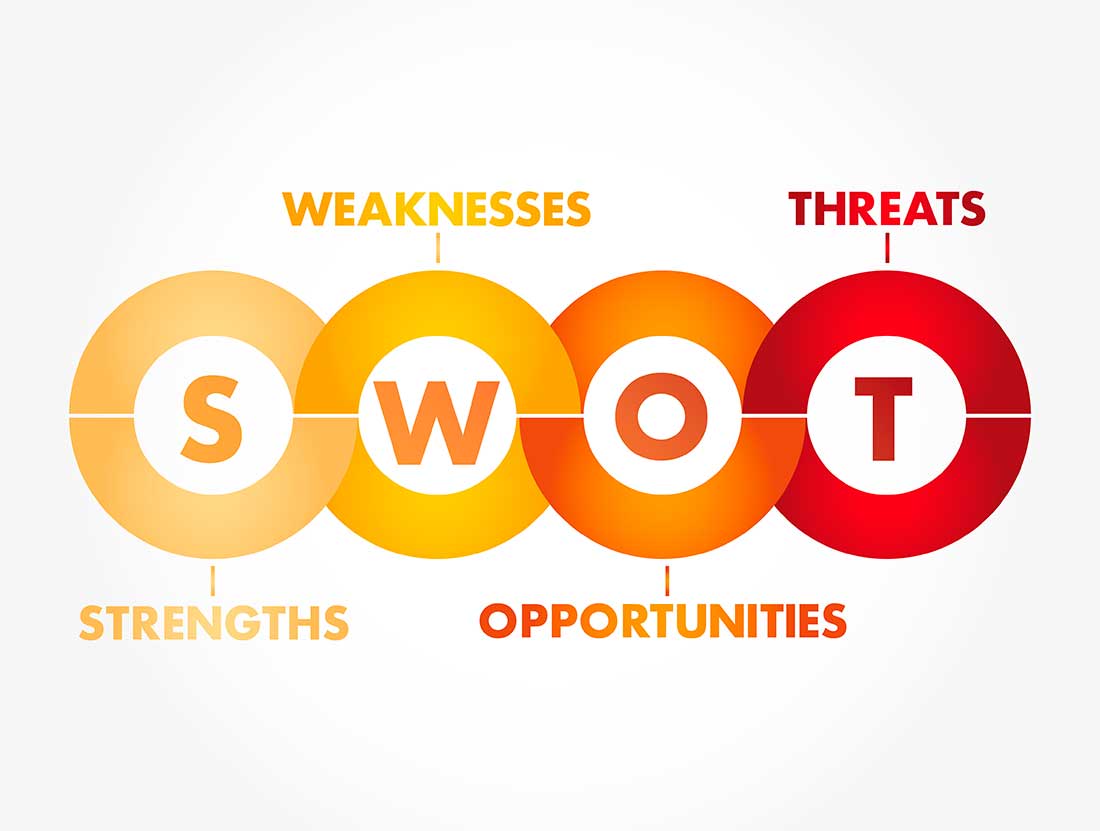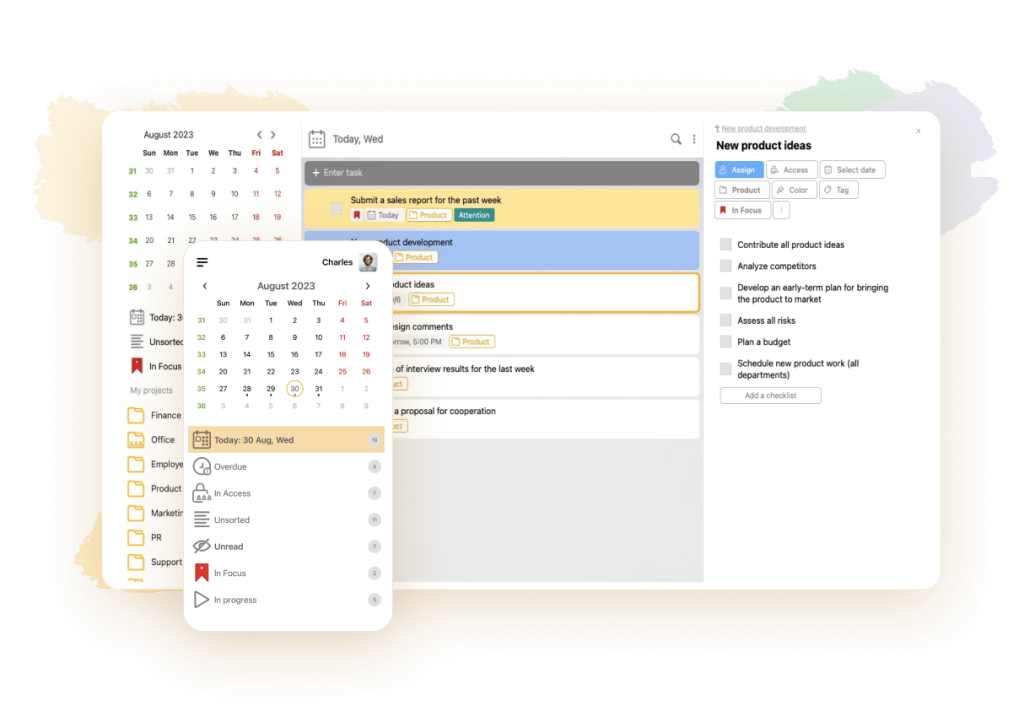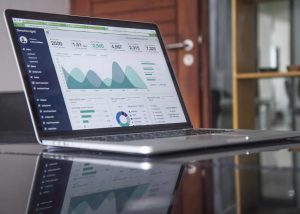How to do a SWOT analysis

Before implementing business ideas “for a million” it is necessary to assess the strengths and weaknesses of a future product or service, to develop a strategy for its promotion in the market, taking into account competition and associated risks. For this purpose, SWOT analysis is used – an analytical method that evaluates all direct and indirect factors affecting the business. With its help you can analyze anything: from a new product, released on the market, marketing plan, to your own health, achievements or career prospects. We would like to tell you more about SWOT analysis in this article.
What it is: essence, deciphering

SWOT analysis is one of the methods of strategic planning, used to assess the strengths, weaknesses of the firm, its competitiveness, taking into account all external and internal threats. The name of SWOT analysis methodology is deciphered by letters in this way: S – Strengths, W – Weakness, O – Opportunities, T – Threats, where:
- Strengths, refers to the strengths of the organization
- Weakness, are called weaknesses
- Opportunities, refers to environmental factors
- Threats, company threats
The concept of SWOT-analysis was first announced in 1963, at an international conference in Harvard, by Professor Kenneth Andrews, and began to be used by companies for strategic planning.
The matrix consists of four segments, each of which is significant within the definition of factors and has an impact on the firm’s operations:
| Strengths | S | These are internal factors that provide advantages of the organization in the market, distinguishing its products and dignity against the background of competitors. For example: the right marketing model, beautiful product packaging, extended service. |
| Weaknesses | W | These include aspects of the firm’s activities that need to be changed or improved, which may lead to a decrease in competitiveness or sales. For example: poor quality service. |
| Opportunities | O | These are external factors, signs, events in the market, in the economic life of the country, which can further positively affect the development of the company. For example: reduction of the customs duty rate, emergence of new technologies. |
| Threats | T | Unfavorable risk events that lead to business problems. Example: tax increases. |
The object of analytics can be the company itself, its departments, brand, sales force, individual business elements, products, services, or even individuals.
What it’s used for

Why use a SWOT analysis? The main purpose of SWOT analysis involves building a strategy for an enterprise or project, taking into account all categories of factors affecting it. In the process of practical research swot analysis identifies the competitive advantages of the company, assesses the state of the external environment, selects the most effective methods of its development, helps to identify the weak components of the business system. Application of swot analysis in practice will suit both companies with a long history of activity (to develop an algorithm of anti-crisis measures, update the form of strategy), and start-ups for the successful launch of the product, ahead of competitors, to deploy the structure of the team. SWOT analysis helps:
- Quickly adapt to changes. Assessing the prospects of a product or service in the market, the company quickly adapts to the trends and requirements of the industry at the right time, forming a properly designed unique selling proposition.
- The analysis of the results of activities for a certain period of time. Swot analysis allows you to look at the growth of the company, shows improvements in performance parameters, and also includes new threats to the business that have emerged over time.
- Anticipate and assess risks when launching a new product. To get outstanding results, you need to do what others are not doing. But how to understand which product will bring real profit and which will fail miserably? That is what swot analysis is for.
- Consider and timely identify external and internal threats and challenges, and make necessary amendments to the strategy. To outline growth points for gaining advantages over competitors. Compare the growth scheme with competitors.
- The need to allocate resources to address an illiquid product or service that is not generating revenue. For example: customers choose another company’s products because the technical support service does not process their requests in a timely manner. In the process of SWOT analysis the work of employees is studied, ways of making decisions about possible personnel changes or automation of customer service processes are taken.
Swot analysis is used to identify advantages and “bottlenecks” in the company’s activities. The degree of influence of the external environment on it is determined. With the help of swot analysis it is clarified how it is possible to use its strengths to resist existing and emerging threats. The extent to which the company’s weaknesses affect its development and position in the industry.
Advantages and disadvantages
SWOT analysis does not require specific knowledge or analytical expertise. However, this simple theory has its own pitfalls. The effectiveness of the research depends on the integrity and responsibility of all its participants. That is, the method has pros and cons:
| Advantages | Disadvantages |
|---|---|
| Versatility: It can be used to research an entire country, company or part of a country. | Subjectivity of the assessment: The methodology covers the opinions of the people conducting it, who may have different perceptions of the company’s strengths or weaknesses. |
| Easy. No training is required to use the technique. | Difficulty in interpreting results. Due to the lack of universal instructions and clear criteria for evaluation. |
| Comprehensive approach: external, internal factors affecting the business are considered. | Limitation by four groups of factors. There are times when a more detailed breakdown of benefits or threats is necessary. |
| Valid assessment: This report combines facts with a subjective assessment. On their basis it is possible to design an effective strategy for any company. | The SWOT matrix reflects the firm’s activities “here and now”, without affecting events that may occur after the study. Therefore, to keep the data up-to-date, the analysis should be done regularly. |
| Use in the long or short term. SWOT analysis can be used to develop operational activities or to make strategic plans for a remote period. | Lack of quantitative indicators. |
SWOT analysis allows the management and owners of a company to understandably look at their business from different angles. But it does not provide a description of precise numerical estimates and does not take time into account. The data you get today may be very different from next year’s results.
How SWOT analysis is conducted

In order to get correct information that will really benefit the company, the following tips and rules should be followed when performing swot analysis:
- Utilize proven information and principles.
- Avoid subjective evaluations.
- Examine only the essential and important issues.
- Create a table that is concise and informative.
To begin with, the composition of the group of participants is approved. It includes specialists who are well oriented in the characteristics and features of the service or product, who have information about the current situation in the market. The total number of participants in swot analysis usually does not exceed 7 people, as large teams are more difficult to manage. Before the meeting, each of them receives a letter describing the format of the meeting, the essence of the method to be used and a list of data to be prepared for the study. This is especially important if this is the first time the SWOT matrix is being prepared. The optimal duration of a SWOT analysis meeting is 1.5 hours.
Next:
Concludes with a list of questions. They are asked separately for each cell. For example, the table could look like this:
| S | W | O | T |
|---|---|---|---|
| Our competitive advantage? | What are our “weaknesses”? | How are market trends affecting the company? | What do our competitors represent? |
| What do we do better than anyone else? | What are we doing worse than the competition? | What can we learn for the company in this economic situation? | Which one of them is a threat to us? |
| What resources do we have at our disposal? | What are our customers complaining about? | What additional resources are provided to us? | How sustainable is our position in the industry? |
| What do customers like about us? | What can we improve on in our work? | What opportunities are opening up? | How does the cost of our products change? |
| What assets does the company have? | What are our chances for additional funding? | How reliable are our suppliers? |
1. Lists can be written indefinitely. Each of them is assigned a priority. Blocks of low-priority questions are left “until next time”. When doing a SWOT analysis, follow the Pareto technique: if you answer 20% of the questions on the list, you will get 80% of the data.
2. The focus group answers the questions, records the results. For each individual quadrant of the diagram their own conclusion is formulated.
3. Based on the analytical data, the company’s strategic policy is developed. All possible pairwise combinations from the matrix are taken into account. At this stage it is worth writing strategies based on pairwise combinations:
- opportunities + strong traits;
- opportunities + weaknesses;
- threats + strong traits;
- threats + weaknesses.
It is better to start filling in the table with the strengths. Then you can edit it and move on to discussing problem areas in the company’s work, trying to be as objective and honest in the assessment as possible. This will help to quickly identify shortcomings, making an effective plan for their elimination. When launching a new product or service, research participants should have an idea of the needs and preferences of their target audience, and be aware of what is going on with competitors.
How to work with the results
After completing the SWOT matrix and writing the conclusions, an action plan is drawn up. The following questions can be used to summarize the findings:
- Analysis Question 1. What product strengths should be emphasized when communicating with customers?
- Analysis Question 2. What positive characteristics need to be reinforced and developed?
- Analysis Question 3. What does the company or product need at this stage? How can it be obtained?
- Analysis Question 4. What should be done to eliminate bottlenecks?
- Analysis Question 5. What threats can the company be fully protected from or their occurrence minimized?
Two methods are used to evaluate the research result of SWOT analysis:
- Participants in the analysis assign points to each item, depending on its importance to the company. For example, from 1 to 5. Items with a score of 5 are important at the moment, they will benefit the business in the future and are in line with the strategy approved earlier. Actions with a score of 1 are no longer relevant to the company.
- Swot analysis is used to assess the significance and probability of events. Significance is the importance and is evaluated on a five-point system. 5 is very important, 1 is not important. Probability in swot analysis shows whether the event is likely to occur in the near future, for example, within a month.
Based on the results of the SWOT analysis, the company’s strategy is developed.
Example of SWOT analysis
An example SWOT analysis can be done for any company, in this case let’s look at an example of an analysis that can be done for a cafe:
Strengths when analyzed:
- Unique menu and quality culinary delights
- Cozy atmosphere and friendly staff
- Attractive location and high level of footfall
Weaknesses in the analysis:
- Limited space and limited seating capacity
- Lack of variety of services and lack of recreational activities
- Failure to attract new customers and retain regular customers
Opportunities when analyzing:
- Expanding the menu and adding new food categories
- Development of loyalty programs for regular customers and promotions to attract new ones
- Organization of thematic evenings and master classes to increase attractiveness
Threats in the analysis:
- Competition from other cafes and restaurants in the area
- Deterioration of the economic situation in the country and a decrease in consumer demand
- Changes in legislation and increased tax burden on public catering enterprises
How to use LeaderTask for SWOT analysis

There are many modern tools and templates for developing and implementing strategic plans. You can use them to easily structure the information you receive and quickly compile lists of questions for the SWOT analysis meeting.
For example, the LeaderTask application can be used to manage any projects, strategic and current planning, including the preparation of SWOT analysis. You can categorize incoming tasks by importance and priority. Analyze the company’s activities using informative productivity charts and Kanban boards, assess the strengths and weaknesses of each of the project participants.
The application has many useful features, including a personal e-mail client, a matrix of important and urgent things to do, and a ladder of goals. The service synchronizes with many popular programs and platforms, contains a full set of tools for all types of planning. Combines the capabilities of a planner, organizer, task manager and a full-fledged project management system. Helps to increase the efficiency of teamwork. Works on all digital devices, including those without internet, in offline mode.
Conclusion
SWOT analysis is an effective tool for the strategic development of a company, its individual divisions or the industry as a whole. It helps a business to quickly orient itself in crisis situations, gives a preliminary assessment of the prospects of a product or service when launching it on the market. Also, this technique can be used regularly, to adjust, update plans. This technique does not give specific figures, but gives new ideas and opportunities for development. The main thing is to use proven, objective data for research, not to overload the table with unnecessary information and to focus on the main things.



